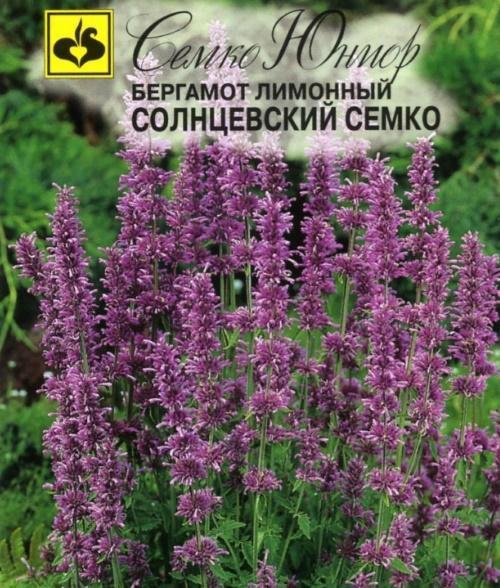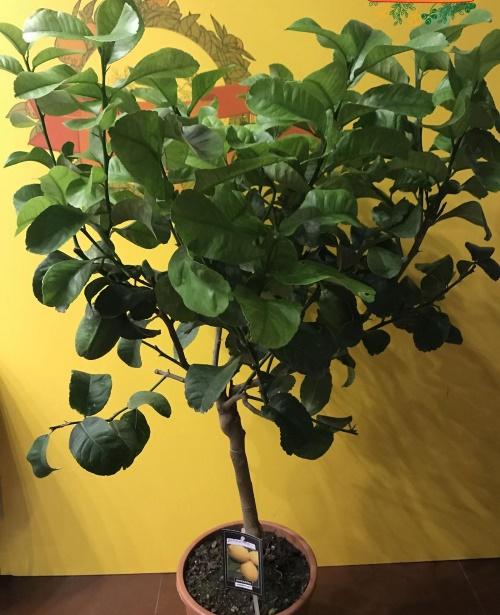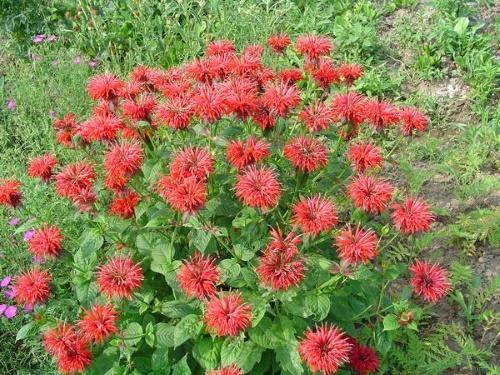How to plant indoor and garden bergamot
 Bergamot is not only an incredibly fragrant spice that is added to tea and perfumery. It is also a beautiful ornamental plant with an evergreen crown and gorgeous flowering. Large inflorescences of white or purple color with a fragrant aroma bloom from March to April. In autumn, pear-shaped fruits with a sour-bitter taste ripen on the branches. Due to its beautiful appearance, this heat-loving culture can often be found in our area. How bergamot is planted depends on where it will “live” (in the garden or in the house) and what species is grown. Let's dwell on this in more detail.
Bergamot is not only an incredibly fragrant spice that is added to tea and perfumery. It is also a beautiful ornamental plant with an evergreen crown and gorgeous flowering. Large inflorescences of white or purple color with a fragrant aroma bloom from March to April. In autumn, pear-shaped fruits with a sour-bitter taste ripen on the branches. Due to its beautiful appearance, this heat-loving culture can often be found in our area. How bergamot is planted depends on where it will “live” (in the garden or in the house) and what species is grown. Let's dwell on this in more detail.
Bergamot is propagated by seeds, cuttings or by dividing the bush.
Read:monarda planting and care in the open field
Features of planting indoor bergamot

When growing bergamot by seed, it must be borne in mind that its growth rate will be much lower. In addition, such plants rarely flower and bear fruit without grafting.
You can speed up the formation of indoor bergamot by rooting cuttings. In any case, a light and warm window sill should be allocated for the plant and frequent watering and spraying should be provided. The exception is the winter period. At this time, the bush should be moved to a cool room and watering should be reduced. Keeping it cool in winter promotes bud formation.
How to plant bergamot in the garden?
 Due to its southern character, a variety of bergamot called monarda feels best in the garden. These are tall rhizome herbs up to 1.5 m in height with straight branching stems. The oblong leaves with jagged edges give off a characteristic crop odor. Flowers painted in white, red, pink tones and their shades also smell.
Due to its southern character, a variety of bergamot called monarda feels best in the garden. These are tall rhizome herbs up to 1.5 m in height with straight branching stems. The oblong leaves with jagged edges give off a characteristic crop odor. Flowers painted in white, red, pink tones and their shades also smell.
For planting, they usually use ready-made seedlings purchased from the nursery. However, they are not difficult to grow on your own. Seeds are sown either in a pot and grown in a room, or directly into open ground in an improvised nursery. As the seedlings grow, they need to be transplanted to a permanent place. In a group planting, it is necessary to leave at least 0.5 m between the bushes, since over time they grow strongly in breadth.
For bergamot, it is better to set aside a light and cozy corner in the garden, where it will not be annoyed by drafts. The soil should be light and nutritious. Poor soil must be fertilized with a mineral complex or organic matter.
You cannot plant garden bergamot in swampy and acidic soil - it will not survive there. Monarda grows poorly in clay soil.
To maintain a lush crown and abundant flowering, it is recommended to transplant bergamot at about 6-7 years of age. It is better to do this in autumn, while thickened bushes can be divided into divisions and planted.
Video about growing bergamot monarda in the garden
https://www.youtube.com/watch?v=6wb1R8yjyg4